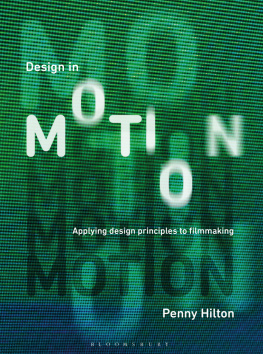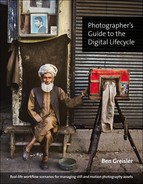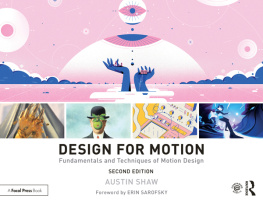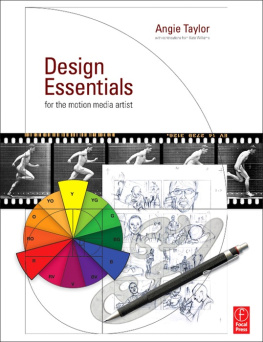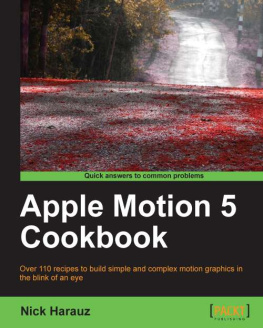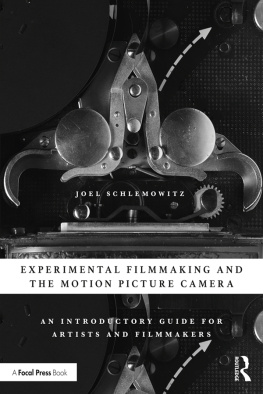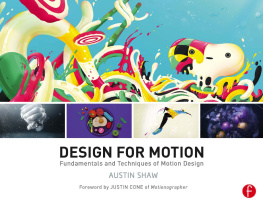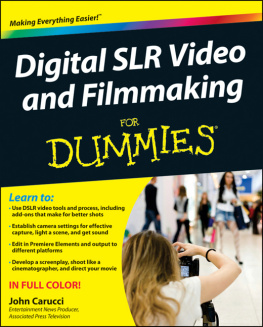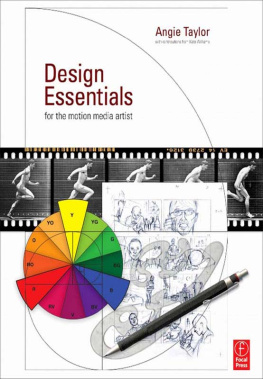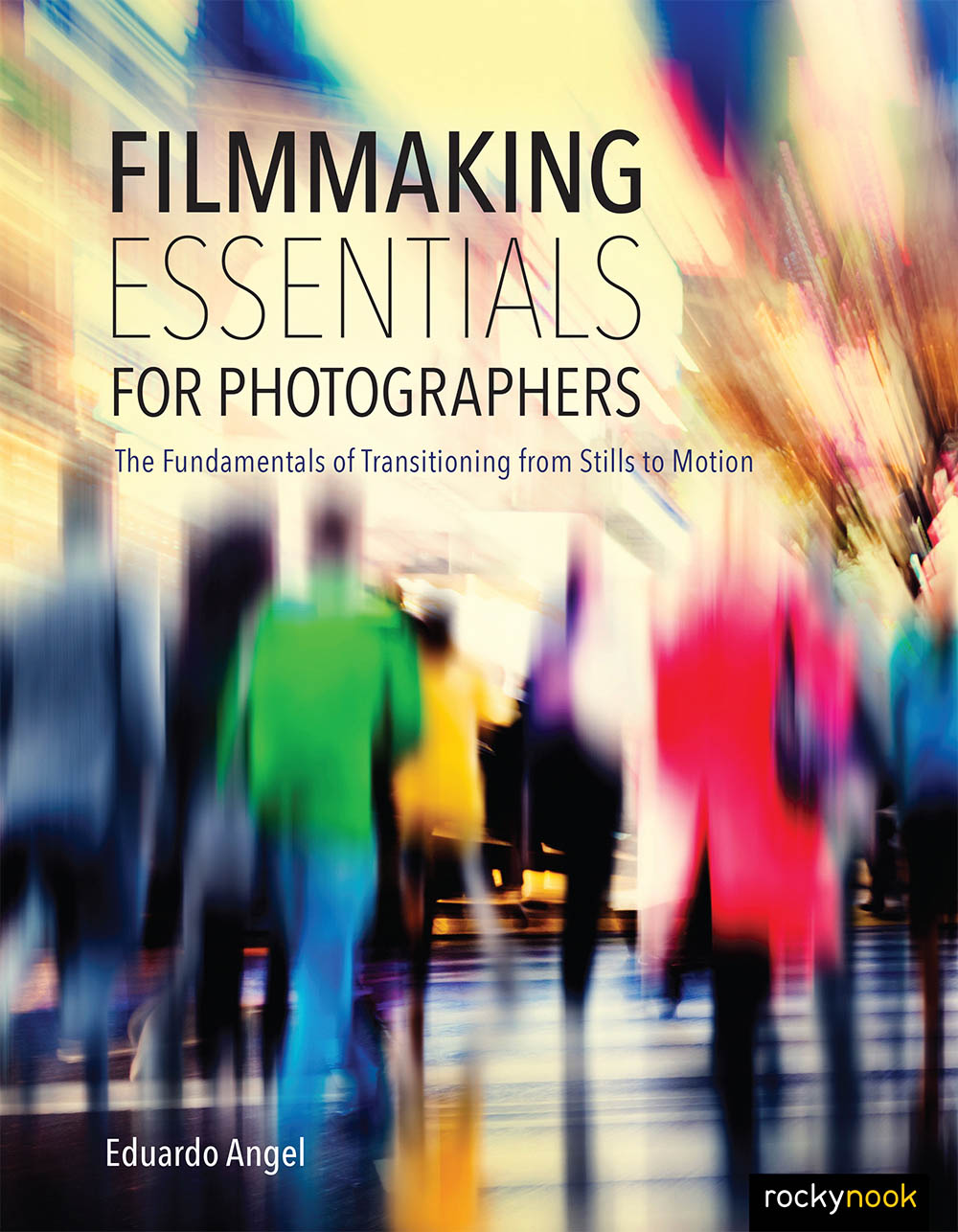
Eduardo Angel is an Emmy Award-winning visual storyteller, independent technology consultant, and educator based in Brooklyn, New York.
Eduardo received a Master of Fine Arts degree in Photography from the Savannah College of Art and Design and a Bachelor of Architecture degree from Los Andes University. He has taught at the School of Visual Arts, the International Center of Photography, and the Fashion Institute of Technology in New York City. He has also mentored students at the Savannah College of Art and Design, and speaks at conferences and industry events around the world.
Eduardo is a cofounder of the Brooklyn-based production company The Digital Distillery and is the author of popular online filmmaking courses on Eduardo Angel Visuals ( learn.eduardoangel.com ) and Lynda.com . He regularly publishes his thoughts on technology, photography, and filmmaking on his website eduardoangel.com .
Eduardo is also a member of Tenbas Visual Artists, X-Rites Coloratti, and Tether Tools Pros elite programs, and has worked as an official beta tester for Adobe Lightroom and Adobe Premiere Pro.
Selected clients include: Adobe, Adorama Pro, Avon, Benro, B&H Photo, Brooklyn Museum, Canon USA., Chicago Architecture Foundation, Cinevate, Doyle, Fashion Institute of Technology, Future Media Concepts, Gulf Photo Plus (Dubai), HarperCollins, Hasselblad, HOW Design Live, International Center of Photography, Japan Society, Lynda.com , McCann Erickson, Mamiya Leaf, New York magazine, NAB Show, The New York Times, Panasonic North America, Panasonic Middle East, Photo District News, PhotoPlus International Conference + Expo, Photokina (Germany), Savannah College of Art and Design, School of Visual Arts, Sigma, Sony, Tenba, Time Inc. Digital, and X-Rite, among others.
Eduardo Angel
Filmmaking Essentials for Photographers
The Fundamental Principles of Transitioning from Stills to Motion

Filmmaking Essentials for Photographers
Eduardo Angel
www.eduardoangel.com
Project editor: Jocelyn Howell
Project manager: Lisa Brazieal
Marketing manager: Jessica Tiernan
Copyeditor: Elizabeth Welch
Layout and type: Petra Strauch
Cover design: Aren Straiger
ISBN: 978-1-68198-162-8
1st Edition (December 2016)
2017 Eduardo Angel
House of Cards, created by Beau Willimon (First broadcast 2013, Netflix, Sony Pictures Television), Television.
(2 images) In the Mood for Love, directed by Wong Kar-wai (2000; Criterion Collection, 2012), DVD.
Traffic, directed by Steven Soderbergh (2000; Universal Studios Home Entertainment, 2002), DVD.
Rocky Nook Inc.
1010 B Street, Suite 350
San Rafael, CA 94901
USA
www.rockynook.com
Distributed in the U.S. by Ingram Publisher Services
Distributed in the UK and Europe by Publishers Group UK
Library of Congress Control Number: 2016941044
All rights reserved. No part of the material protected by this copyright notice may be reproduced or utilized in any form, electronic or mechanical, including photocopying, recording, or by any information storage and retrieval system, without written permission of the publisher.
Many of the designations in this book used by manufacturers and sellers to distinguish their products are claimed as trademarks of their respective companies. Where those designations appear in this book, and Rocky Nook was aware of a trademark claim, the designations have been printed in caps or initial caps. All product names and services identified throughout this book are used in editorial fashion only and for the benefit of such companies with no intention of infringement of the trademark. They are not intended to convey endorsement or other affiliation with this book.
While reasonable care has been exercised in the preparation of this book, the publisher and author assume no responsibility for errors or omissions, or for damages resulting from the use of the information contained herein or from the use of the discs or programs that may accompany it.
This book is printed on acid-free paper.
Printed in Korea
TABLE OF CONTENTS
INTRODUCTION
TRANSITIONING INTO MOTION: WHY AND WHY NOW?
Most photographers transitioning into motion are overwhelmed by the steep learning curve associated with new topics, techniques, gear, workflows, and terms. There are certainly a lot of new things to learn, but theres no need to tackle everything at once, and I believe it isnt even possible.
You should understand the fundamental elements of cinema and explore a wide selection of tools to plan a shoot, move the camera, capture audio, and edit your work. Its great to learn how to avoid common filmmaking mistakes and create more rewarding and profitable business opportunities. But you cant do it all at once. Like with any other craft, it takes time to master the tools and techniques.
You can take a few technical tutorials and get some decent footage right away, without really understanding anything about the history, styles, and trends of cinema. And you can read inspirational books and watch beautiful movies for years without actually shooting a single frame. I believe a proper balance of both approaches is the key to success.
Most film schools dont teach students how to tackle projects with skeleton crews and micro budgets, which is how most of us start working in the real world. Also, if you learn how to shoot like everybody else, you will tell stories like everybody else.

After almost a decade of working as a professional photographer, I made the transition to motion. How? I tried to learn as many technical skills as possible by watching tutorials, reading books, and checking out equipment reviews. I also watched hundreds of directors commentaries on DVDs, read interviews, and listened to podcasts. I had a demanding shooting and teaching schedule, so I made time to write short scripts on weeknights, teamed up with like-minded people on weekends to shoot something, and learned how to edit while working on that same footage. I made everything available for others to see our work, provide feedback, and hopefully learn from our many mistakes and sporadic successes. I invested time and a few dollars on equipment rentals. Was it worth it? Well, I keep learning every day, Im having more fun than ever before, and I picked up an Emmy Award along the way, so Id say its definitely been worth it.

Ive learned that technical challenges, as well as financial and time constraints, often lead to the discovery of better tools and improved workflows. Use these challenges to your advantage. Working with shoestring budgets, small crews, and just a few essential tools without compromising the integrity of the story is not only possible, but it is becoming an increasingly important skill to have to succeed in todays marketplace.
Heres the advice I give to photographers and filmmakers attending my workshops: learn video editing, color grading, and sound design using free applications like iMovie, DaVinci Resolve, and GarageBand. Then learn how to code (which you can do online and for free). Reply to all of your emails and phone calls within 24 hours. Understand basic accounting concepts like overhead, ROI, and cash flow. Never stop improving your social skills. Work hard, experiment, dig deeper, share your knowledge, and surround yourself with creative, positive, and reliable people.


